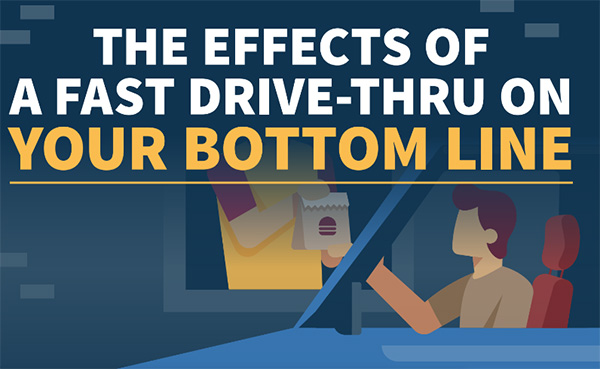The Effects of a Fast Drive-Thru on Your Bottom Line

The drive-thru lane has become an integral part of the dining experience for millions of Americans, with approximately 6 billion visits to drive-thru lanes occurring each year. However, as drive-thru popularity continues to rise, so does the average wait time, now averaging around 255 seconds, which is 20 seconds longer than in 2018. Despite this increase in wait times, nearly 40% more customers are utilizing drive-thru lanes compared to the previous year, highlighting the importance of efficiency in these operations.
For many restaurants, drive-thru transactions account for a significant portion of sales, often exceeding 70%. Therefore, optimizing the drive-thru experience is crucial for maintaining customer satisfaction and maximizing revenue. Customers expect to wait between 3 to 4 minutes at a drive-thru, and even small improvements in wait times can have a significant impact on sales. For example, saving just 6 seconds at the drive-thru could result in a 1% increase in unit sales.
To make drive-thru operations more efficient, restaurants can implement various strategies. Installing automatic windows can speed up food delivery and cash payments, while noise-reduction technology can facilitate faster ordering processes. Proper training for staff in using wireless communications can further enhance efficiency.
Having large, easy-to-read menus and implementing an order confirmation screen can help minimize errors and improve the overall customer experience. Additionally, restaurants may consider adding another drive-thru window or lane to accommodate higher traffic volume and reduce wait times. Utilizing an order recall screen and implementing a fast tender system on the point-of-sale (POS) can further streamline operations and improve service speed. By prioritizing efficiency in the drive-thru, restaurants can enhance customer satisfaction and drive sales growth.


